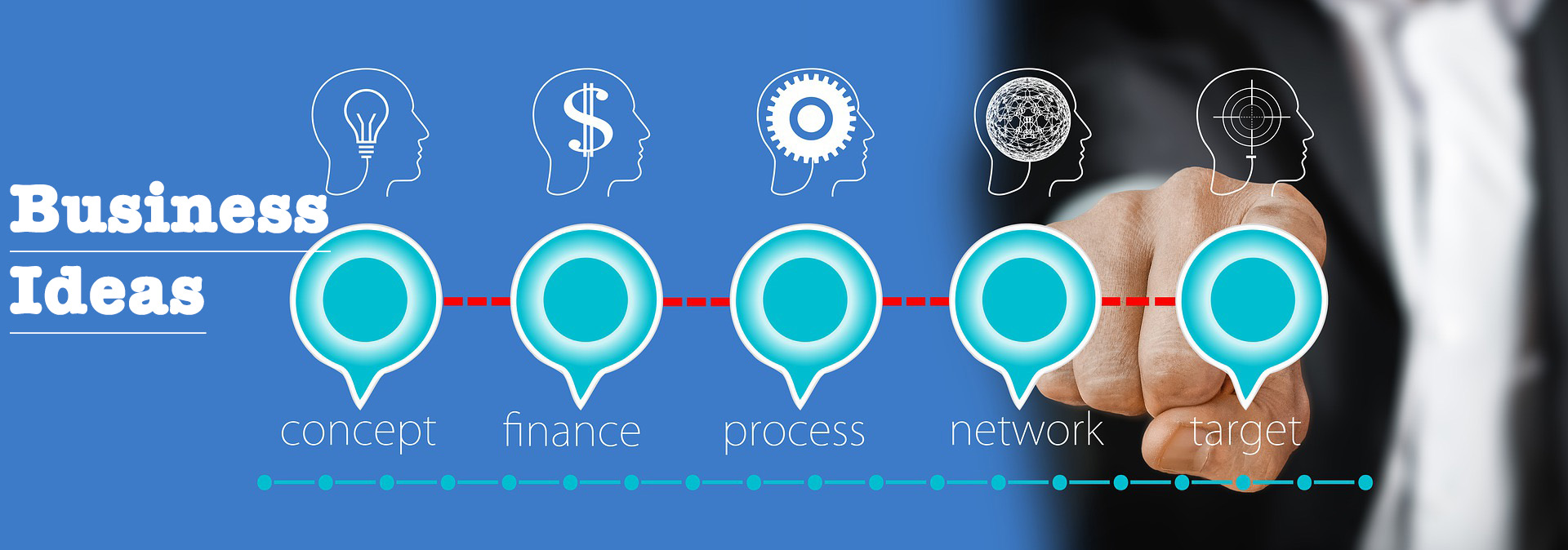A successful investor maximizes gain and minimizes loss. Though there can be no guarantee that any investment strategy will be successful and all investing involves risk,including the possible loss of principal,here are six basic principles that may help you invest more successfully.

Long-term compounding can help your nest egg grow
Compound growth turbocharges your savings over time. The longer your money works for you,the more impressive the results. For instance,a $10,000 investment at an 8% annual return would balloon to $46,610 in 20 years and $68,485 in 25 years – a 47% increase. After 30 years,it would reach $100,627. This assumes no withdrawals and no taxes paid along the way,as in a tax-deferred retirement account. Maximizing contributions to such accounts is crucial for harnessing the power of compounding. While regular portfolio reviews are advised,letting your investment sit can yield substantial returns,eliminating the need for risky “home run” investments.
Endure short-term pain for long-term gain
Endure short-term market fluctuations for long-term gains. While market volatility can be unsettling,remember two key principles. Firstly,the longer you stick with a diversified investment portfolio,the more you reduce risk and enhance potential gains. Consider your time horizon when planning investments – shorter-term goals may require more cautious strategies. Secondly,diversification across different asset classes and types can mitigate risk during economic turbulence. Though not foolproof,this approach helps navigate market ups and downs while aiming for long-term success.
Spread your wealth through asset allocation
Diversify your investments through asset allocation,which involves spreading your money across various asset classes such as stocks,bonds,and cash. Asset allocation considers subcategories like aggressive growth stocks,long-term growth stocks,and government bonds. This strategy is crucial for two reasons: it significantly influences your overall portfolio performance,and by investing in assets that respond differently to market forces,it helps minimize the impact of market volatility while enhancing long-term returns.
Consider your time horizon in your investment choices
Choose your asset allocation based on the timeframe for needing cash. If you anticipate needing money within one to three years,opt for stable investments like a money market fund,prioritizing the preservation of your initial investment. Though the returns may be lower than riskier options,the assurance of quick access to your funds outweighs daily market fluctuations. Conversely,for longer-term goals like retirement,you can afford to allocate a higher percentage to potentially more volatile yet growth-oriented investments. Before investing,carefully assess the mutual fund’s objectives,risks,charges,and expenses outlined in the prospectus. Keep in mind that money market funds are not insured,and while they aim to maintain a $1 per share value,losses are still possible.
Dollar-cost averaging: investing consistently and often
Embrace dollar cost averaging for consistent and frequent investing. This method involves purchasing a fixed dollar amount of an investment at regular intervals,regardless of market fluctuations. In high markets,your fixed investment buys fewer shares,and in low markets,it buys more. This strategy aims for a lower average price per share over time compared to fixed share purchases. Popular examples include workplace savings plans like 401(k)s,deducting a consistent amount from each paycheck.
While dollar cost averaging can’t guarantee profits or protect against losses during market declines,its potential benefits are maximized by maintaining regular investments even in downturns. Avoid the speculative nature of trying to “time the market,” which involves predicting the lowest point for share prices. Regular investing is a more manageable and automated approach,offering a disciplined strategy for long-term gains.
Buy and hold,don’t buy and forget
Practice “buy and hold,” not “buy and forget” for long-term portfolio success. Regularly review your portfolio as economic conditions and personal circumstances evolve. Adjust your asset allocation accordingly,considering factors like nearing retirement,which may warrant a shift to less volatile or income-generating investments.
Periodic reviews are crucial as different investments appreciate at varying rates,altering your asset allocation over time. For instance,an 80-20 stock-to-bond ratio may shift to 88-12 after several years. Rebalance your portfolio by buying more of the underrepresented asset class or redirecting proceeds from the overrepresented one. Without periodic reviews,you risk deviating from your original allocation.
Choose a specific date each year for an annual review to ensure your portfolio aligns with your evolving goals and market conditions.
Our vision at Canopy Credit Union is to provide our members with superior financial solutions,comprehensive products,and unparalleled service experience.
Whether it’s developing sound solutions for your retirement,generating income,or protecting your assets through insurance,CFS* Financial Advisor,Brendan is here to listen,provide impartial feedback and help you plan for your retirement. Contact Brendan today via email bmcmurtrie@cusonet.com or give him a call at 858.805.7935. If you’d like more details,simply follow the link below.
*Non-deposit investment products and services are offered through CUSO Financial Services,L.P. (CFS),a registered broker-dealer (Member FINRA/SIPC) and SEC Registered Investment Advisor. Products offered through CFS: are not NCUA/NCUSIF or otherwise federally insured,are not guarantees or obligations of the credit union,and may involve investment risk including possible loss of principal. Investment Representatives are registered through CFS. The Credit Union has contracted with CFS to make non-deposit investment products and services available to credit union members.
